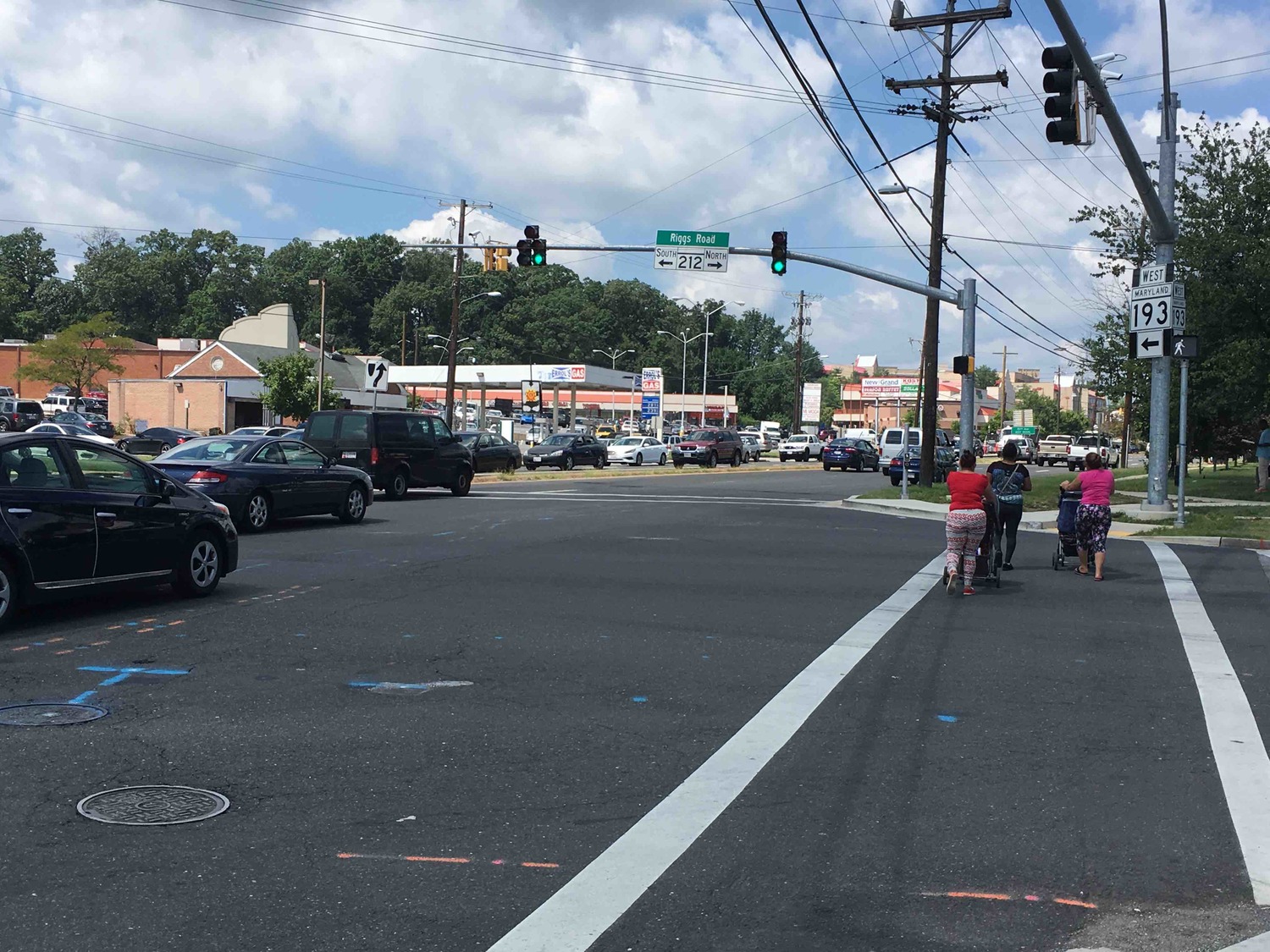In some quarters it's almost become an article of faith that pedestrian deaths are on the rise in the U.S. because of "distracted walking." The victim-blaming impulse allows policymakers, opinion shapers, and the broader public to conveniently avoid honestly confronting our car-centric transportation system and the horrific volume of death and misery it generates.
The idea that pedestrian distraction is a significant source of harm is starting to shape public policy in tangible ways. The Honolulu City Council recently passed a bill to outlaw looking at a mobile device while crossing the street -- on foot, at least. If you're driving, it would still be lawful to look at your dash-mounted phone while crossing an intersection. (The mayor has yet to take a position on the bill.)
A closer look at the research on pedestrian distraction that has fed the developing conventional wisdom reveals that it doesn't support laws like the one under consideration in Honolulu. Systemic Failure deflates the hype:
The mass hysteria over Distracted Walking originated with a paper published by Jack Nasar (Ohio State University) and his student Derek Troyer. They argued that the increasing use of cell phones had caused a spike in pedestrian injuries. They were featured in major newspapers, such as the NY Times. Cell phones, it was reported, had caused over 1,000 serious injuries per year. And that was just the “tip of the iceberg” it was argued because many injuries don’t require hospitalization.
In absolute terms, those numbers may seem catastrophic. But in relative terms, they are insignificant. Just 3% of the pedestrian hospitalizations involved a cell phone. That is according to Nasar’s own numbers.
The 3% figure accounts for any kind of injury, not just ones involving motor vehicles. And the 3% figure covers use of a cell phone in any kind public space, not just sidewalks.
If the Honolulu bill passes, it could simply serve as a pretext for arbitrarily harassing pedestrians. And as Systemic Failure notes, it could even increase traffic risks by creating a more permissive atmosphere for driving behaviors that pose a greater threat.
Meanwhile, automakers are making in-dash computer systems a standard feature in cars without arousing much alarm from safety scolds.
More recommended reading today: The State Smart Transportation Initiative reviews the share of road spending paid by drivers in each state. And the Bike League writes in the wake of Oregon's new bike tax, you should gird yourself for copycat legislation in other states.





